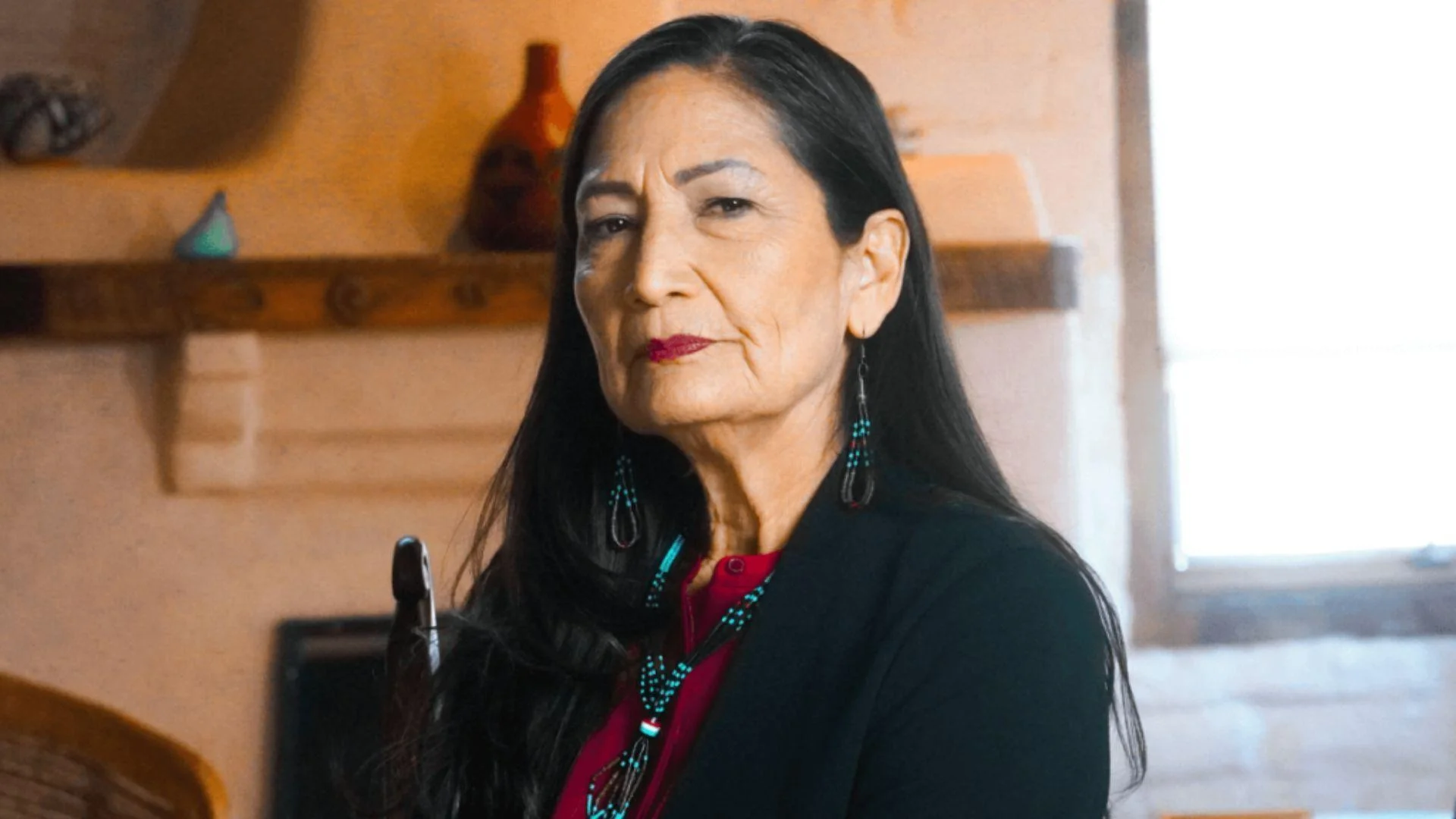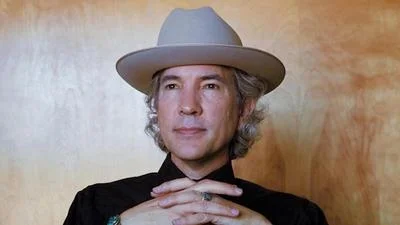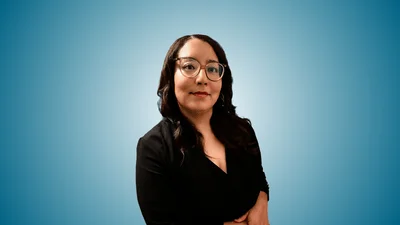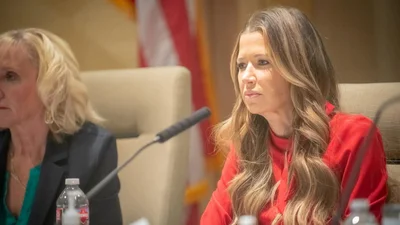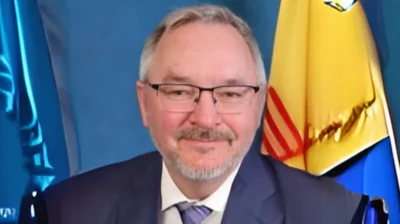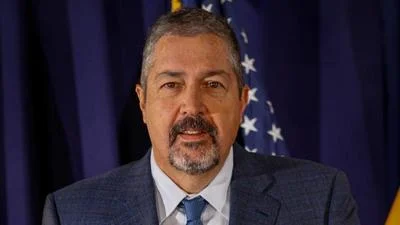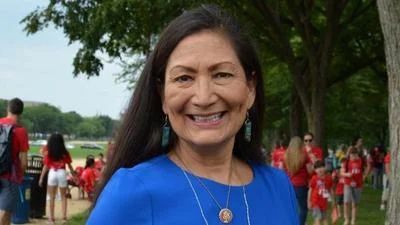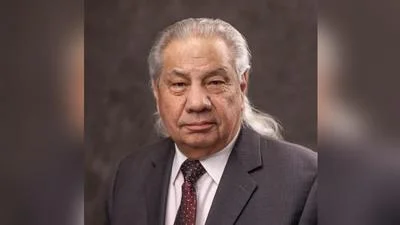Deb Haaland, a candidate for the governor of New Mexico, remarked during her campaign that despite the state holding $60 billion in funds, having half its population on Medicaid equates to living in poverty.
"We have $60 billion and there's half of our population is on Medicaid, is Medicaid eligible," said Haaland, according to Facebook. "That means that half of our population is living in poverty. It is so, it feels really unbalanced. It's very unbalanced and we need to take money and invest it in communities."
As of mid-2025, New Mexico's political landscape is being shaped by a federal reconciliation bill that threatens to reduce funding for Medicaid and the Supplemental Nutrition Assistance Program (SNAP). According to the New Mexico Political Report, this legislation could potentially strip healthcare coverage from over 88,000 residents, disproportionately affecting rural and Indigenous communities. These areas heavily rely on Medicaid reimbursements to maintain clinics and hospitals. Without this support, healthcare access gaps could widen significantly, particularly in the state's poorest counties.
Lawrence Chavez, an Albuquerque-based entrepreneur and investor, expressed in a podcast with SunCast that New Mexico's economic stagnation is not due to a lack of resources but rather a "scarcity mindset." This mindset prevents the state from investing its $63 billion permanent fund into initiatives aimed at building infrastructure, creating jobs, and retaining talent. Chavez emphasized the need to allocate part of the fund toward advancing innovation by refining and commercializing technologies developed at local universities and national labs. He argued that strategic deployment of even 5–10% of the fund could elevate incomes statewide by 2050.
New Mexico has the highest Medicaid enrollment rate in the United States, with nearly 40% of residents receiving coverage through the program. According to Haaland’s campaign website and New Mexico Political Report, this reliance reflects widespread poverty and limited access to private insurance, especially in rural and tribal regions. Many families depend entirely on Medicaid for preventive care, chronic condition management, and emergency services. Potential funding cuts pose a significant threat to public health.
The Kaiser Family Foundation projects that federal policy changes under the 2025 reconciliation bill could remove millions from Medicaid coverage nationwide. For New Mexico—where enrollment rates are among the highest—even a modest percentage reduction could leave tens of thousands without insurance. The foundation notes that rural and low-income residents are particularly vulnerable as they often reside in healthcare deserts with few alternative options for affordable coverage. This situation could lead to an increase in uninsured rates and preventable health crises.
Haaland is a lifelong resident of New Mexico who grew up in rural communities. She has spoken openly about experiencing food insecurity and relying on Medicaid as a single mother. Before entering politics, she worked as an organizer focused on Native sovereignty and environmental justice.
